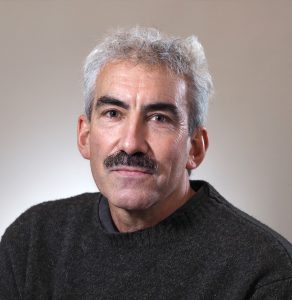The NYT has the story: it exemplifies quite a number of things (including jump bidding in a reserve price charity auction...)
Russian Journalist’s Nobel Medal Sells for $103.5 Million. Dmitri A. Muratov, the editor of the independent newspaper Novaya Gazeta, will donate proceeds to UNICEF to help Ukrainian child refugees. By Kalia Richardson
"The Nobel Peace Prize put up for auction by the Russian journalist Dmitri A. Muratov to help Ukrainian refugees sold Monday night for $103.5 million to an anonymous buyer, obliterating the record for a Nobel medal.
"The proceeds from the auction will go to UNICEF to aid Ukrainian children and their families displaced by Russia’s invasion of their country.
"Mr. Muratov is the editor in chief of the independent newspaper Novaya Gazeta, which suspended publication in March in response to the Kremlin’s increasingly draconian press laws. In an interview with The New York Times last month, he said he was inspired to auction the award he won last year by the Danish physicist Niels Bohr, who sold his medal to help civilian relief in Finland following the Soviet invasion of that country in 1939.
...
"The previous record for auctioning off a Nobel medal came in 2014, when the prize belonging to James Watson, who shared in the discovery of the double-helix structure of DNA, sold for $4.1 million ($4.76 million, including the commission that goes to the auction house).
"Heritage Auctions, which handled the sale of Mr. Muratov’s medal, has sold five former Nobel Prizes, including the one awarded to Watson’s co-discoverer, Francis Crick. That medal sold for $2.27 million in 2013.
"Josh Benesh, the chief strategy officer for Heritage Auctions, which will not take a commission on the sale, said he was flabbergasted by the final price. The bidding had been mainly cruising along in increments of $100,000 or $200,000 when it suddenly spiked from $16.6 million to $103.5 million. Gasps filled the room when a Heritage Auctions employee manning the phone relayed the figure"
*********
Here's the Heritage Auction site:
Here are some posts about earlier sales of Nobel prize medals, some by economists:







